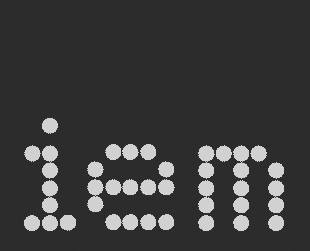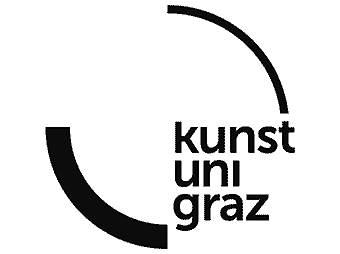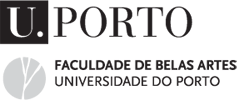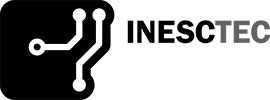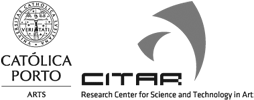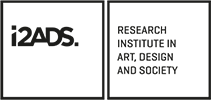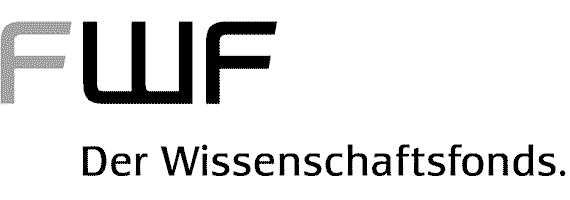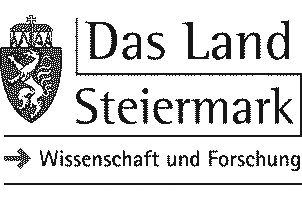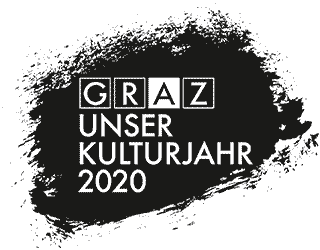Naufrage: a 32 channel electroacoustic composition
Keywords: Spatial Music, Electroacoustic Composition, Acousmatic, Envelopment, Localization, Motion.
Concept
Naufrage is a 10’ 46”, 32-channel fixed-media electroacoustic piece, constructed as an immersive metaphor to the idea of a shipwreck which casts away its passengers — the audience — into a cave. Inside, their senses are distorting their perception of reality, especially by the contemplation of images and shadows (Plato, cca. 380 BC), which sonically are translated by various sound objects and their spectromorphologies [1], as well as their corresponding origin in space, spatial dimension and movement. The piece is constructed around four sections, depicting the general states of confusion, deliration, acceptance and struggle experienced by the castaways. This is not only reflected by the musical discourse, but more importantly by the spatial discourse, through the attributes of localization and movement of sound sources, which are particularly important in this piece. The artistic goal is to create a surreal acousmatic world, situated at the edge of familiar and unknown, with the hope that each member of the audience will have their unique, intimate interpretation.
Sound Design
Being electroacoustic in nature, Naufrage was created by experimenting with various digital sound processes such as granular synthesis, gating, filtering, reverberation, comb filtering, time stretching, pitch shifting, saturation and various modulations, applied in the software MaxMSP, to 2-channel recordings, conducted on field and inside the studio, by the composer (Fig. 1). Among the studio recordings there are various interactions with rocks, leafs, water and household objects such as papers, china, tin foils as well as a glockenspiel, while field recordings are represented by sea waves, wind, birds and various soundscapes of Belfast’s countryside surroundings. The raw sounds were categorized in terms of spectromorphology in order to create similarities and contrasts, by speculating prominent transients, sustained textures and sudden / longer releases through the use of sound effects. The resulted sound objects of various durations were further arranged, layered and spatialized as explained below.
Composition
The composition process was conducted in the DAW Cockos Reaper and relied mostly on selecting, editing, arranging, layering and further processing of sound objects as to satisfy the desired spatial intentions: in a way, the use of space and sonic gestures determined the selection of sound objects and composition. Different sounds with various envelopes or spectra work better than others in certain spatial scenarios, such as when creating envelopment, panning seamlessly, or jumping suddenly. Although the desired spatial discourse determined much of the musical discourse, the overall structure was also influenced by the climax moments or demarcation lines between sections. Being so important to the concept, these moments defined both preceding and succeeding evolution of the composition.
Spatiality of Naufrage
The piece was premiered in its original form in 2014, during the first day of Sonorities festival, held annually at SARC, Belfast, together with works by Joseph Hyde and computer music pioneer Jean-Claude Risset, works which were also aired during Robert Worby’s Hear and Now on BBC radio 3, as part of the festival.
It was the first and only time when the piece was publicly displayed using the full number of channels, in the same venue where it was actually composed: The Sonic Lab. The Sonic Lab is an offering and flexible concert venue based at SARC (Sonic Arts Research Centre) @ Queen’s University – Belfast, which offers the composers the possibility to surround the audience by more than 48 loudspeakers across length, width and height. Originally, Naufrage was designed for 32 speakers, by employing 4 octophonic rings displaced along the vertical axis, surrounding the audience in a sphere of sound, where the first layer is at underground level (a few meters under the audience), the second at ear level while the 3rd and 4th corresponds to first and second floor.
This immersive setup has the potential to be adapted to other immersive concert spaces by re-assigning the 32 channels according to their corresponding speaker setups in such way as to maintain as much as the original spatial image, as well as by compensating for rooms acoustics through signal processing. This would have happened for the 2020 edition of xCoAx conference inside MUMUTH’s wonderful Ligeti Hall and would have been the second time ever when the piece would have been diffused employing all 32 channels, if the awful pandemic would not have started...
While designing the spatial soundscape, three attributes of space such as envelopment, localization and motion were specifically taken into account in order to create a well-defined spatial image, displaying both contrast and coherence. Each of these three spatial characteristics were associated to spectromorphological archetypes [2] (Smalley, 1997). Envelopment was created via decorrelation and spreading of graduated continuants on multiple speakers (Kendall, 1995), localization was established by assigning fixed origins in space for narrow or point-source attack sound archetypes, while motion was realized by amplitude panning of attack-decays, appearing to have trajectories of a semicircle, rotations, diagonals or sudden jumps. A more detailed explanation of these parameters is provided below.
Envelopment
In order to establish the feeling of being inside the cave, a large degree of envelopment was desired. This was mostly done by employing some sort of decorrelation (Kendall, 1995) through LFOs, applied to copies of 2 channel sources across multiple speakers, for overcoming the precedence effect (Blauert, 1971). By using decorrelation the apparent source width (ASW) was also increased. The sound objects used for this matter are sustained textures created mostly via granular synthesis. While being modulated across large number of speakers, these textures appear to be fixed without shifting their spatial image and without appearing to move through space.
Localization
In contrast to the textures used for creating envelopment, certain sound objects were designed to have a particular location / specific locations in space, having a reduced width or even acting as point sources. For this reason, short-duration sound objects with prominent transients and sudden releases were designed and assigned among the speakers. As was the case to the enveloping textures, these narrow sound objects have a fixed location in space throughout the piece.
Motion
Lastly, apart from enveloping textures and narrow sound objects, a kind of bridge was desirable: sounds which would actually move through space, having clear trajectories, being panned through space. Sound objects with moderate degrees of ASW were used and particular sound trajectories were designed through amplitude panning, including semicircular movements, rotations, diagonals or sudden jumps across speakers, while also speculating phantom images. Although the technique is effective in the front and back of the horizontal plane, sounds tend to lose their trajectory coherence on the horizontal sides because phantom images become unstable (Kendall & Cabrera, 2011) and also due to the cone of confusion effect. It is even harder to achieve a coherent trajectory on the horizontal plane, above the head, where the auditory system is less accurate in localizing sources as described in Fig. 3. Finally, coherence is almost null when panning in the median plane where no phantom image is apparent between speakers. Having these in mind, special caution when designing spatial trajectories in respect to 3d planes needed to be taken, avoiding the temptation of creating too complex trajectories which should work when thought but would not actually work inside the concert space.
Performing Naufrage with choreography and light design
Although Naufrage was originally designed as complete acousmatic, the piece always had the potential to expand and to express the concept even further, borrowing different elements from other art forms, becoming more of a Gesamtkunstwerk [3]. Such a creative attempt happened in 2019 during TaikaBox Dance Hack and LUMO Light Festival, in Oulu, Finland. During 3 days of intense work, a team of 4 artists [4], together with the composer, added two extra layers of expression through the use of choreography and light design, resulting in a performance that was publicly displayed over the course of 2 days at Oulu Museum of Art in a medium-sized room. The piece—blending Naufrage together with a short fragment of Rush, another piece composed roughly during the same period, and similar in audio material— employed contemporary dance elements in such way that, together with programmed gestures from moving head lights, emphasized not only the sonic discourse, but the entire concept. With a new visible world of hues, shifting shadows against walls and body expression emerging, the distorting of reality by confusion, deliration, acceptance and struggle was portrayed not only by large, elaborated movements, but also by stillness, micro gestures and micro expressions.

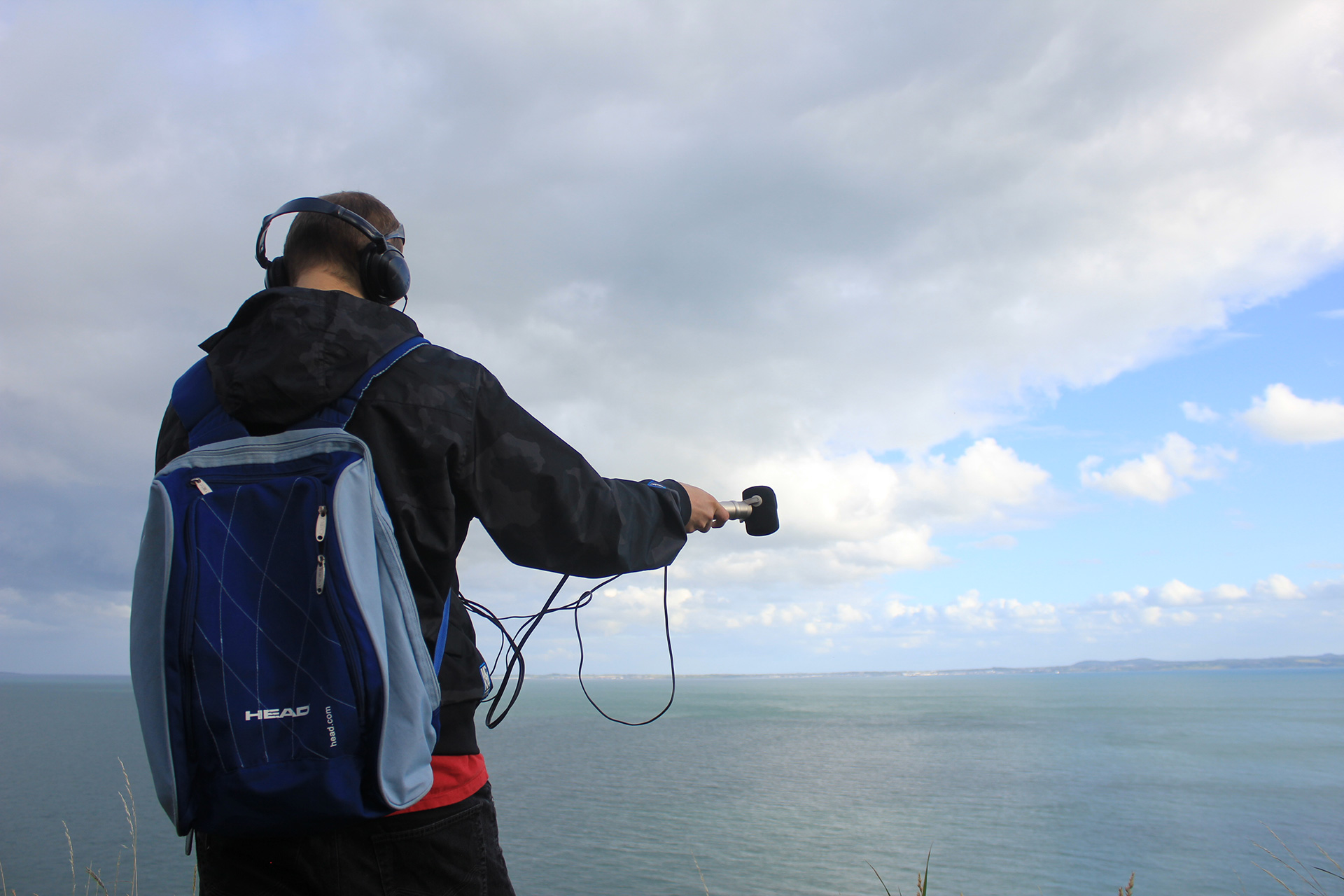
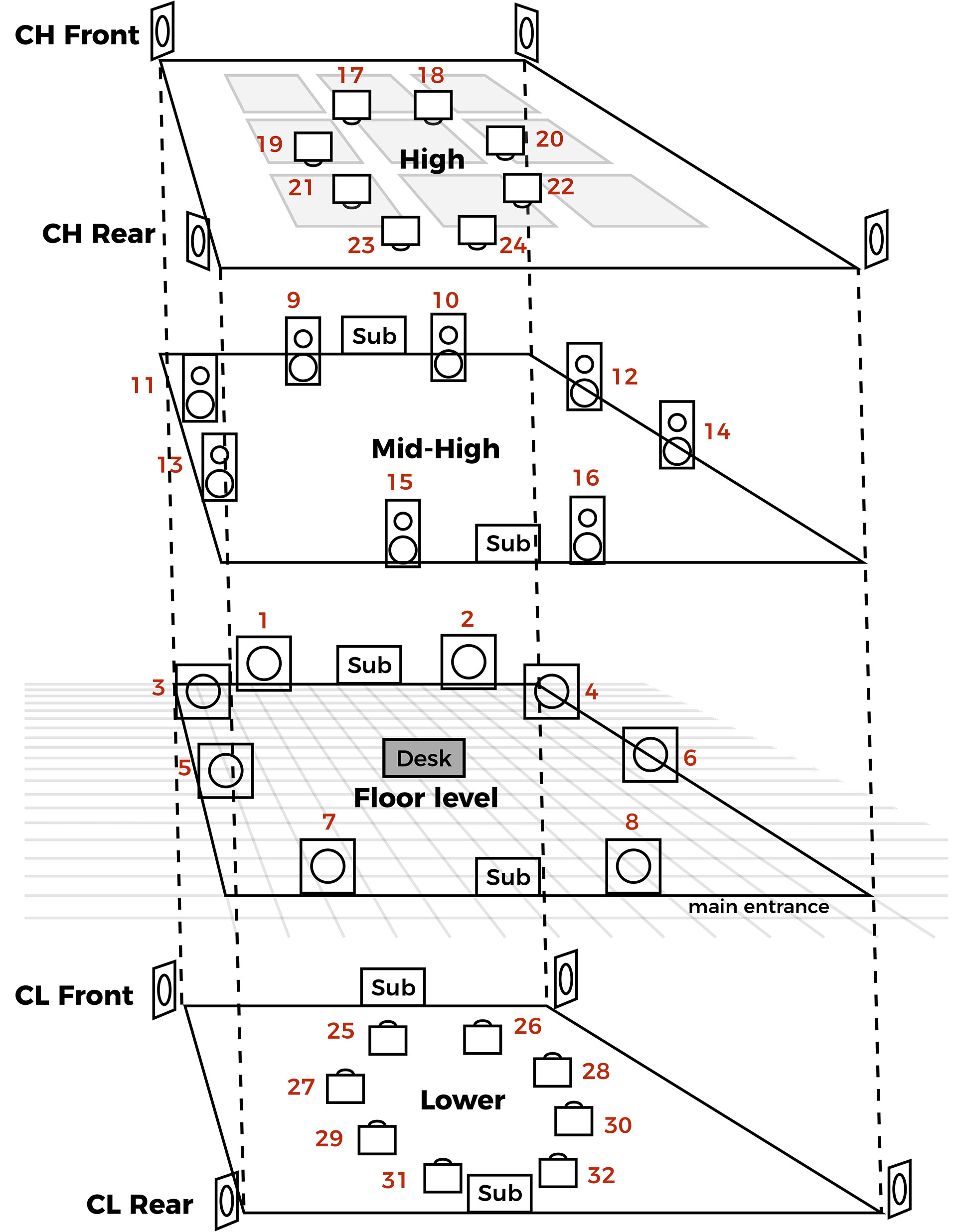

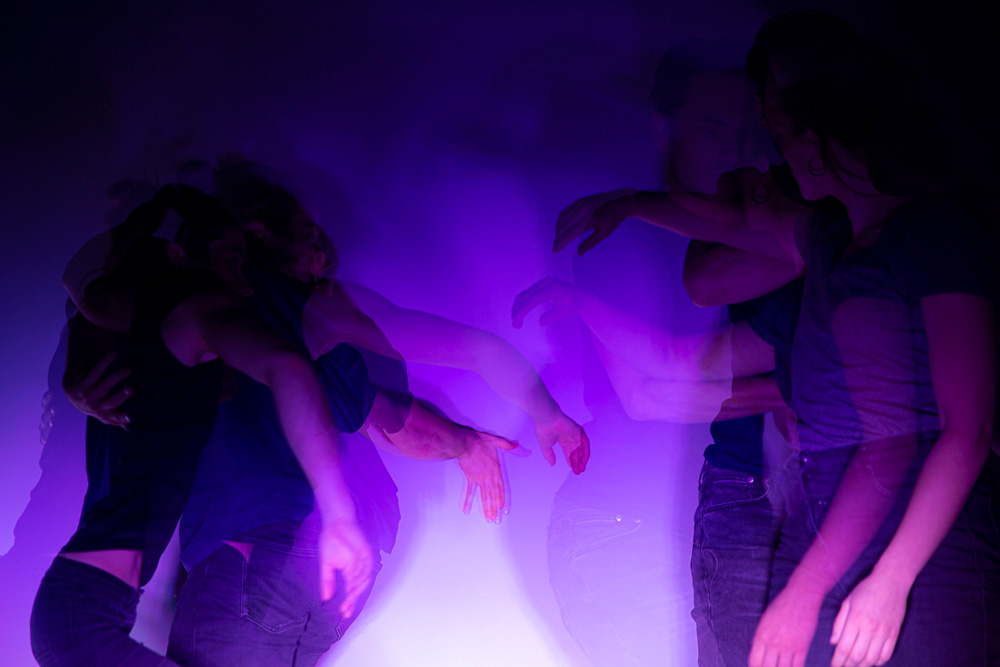

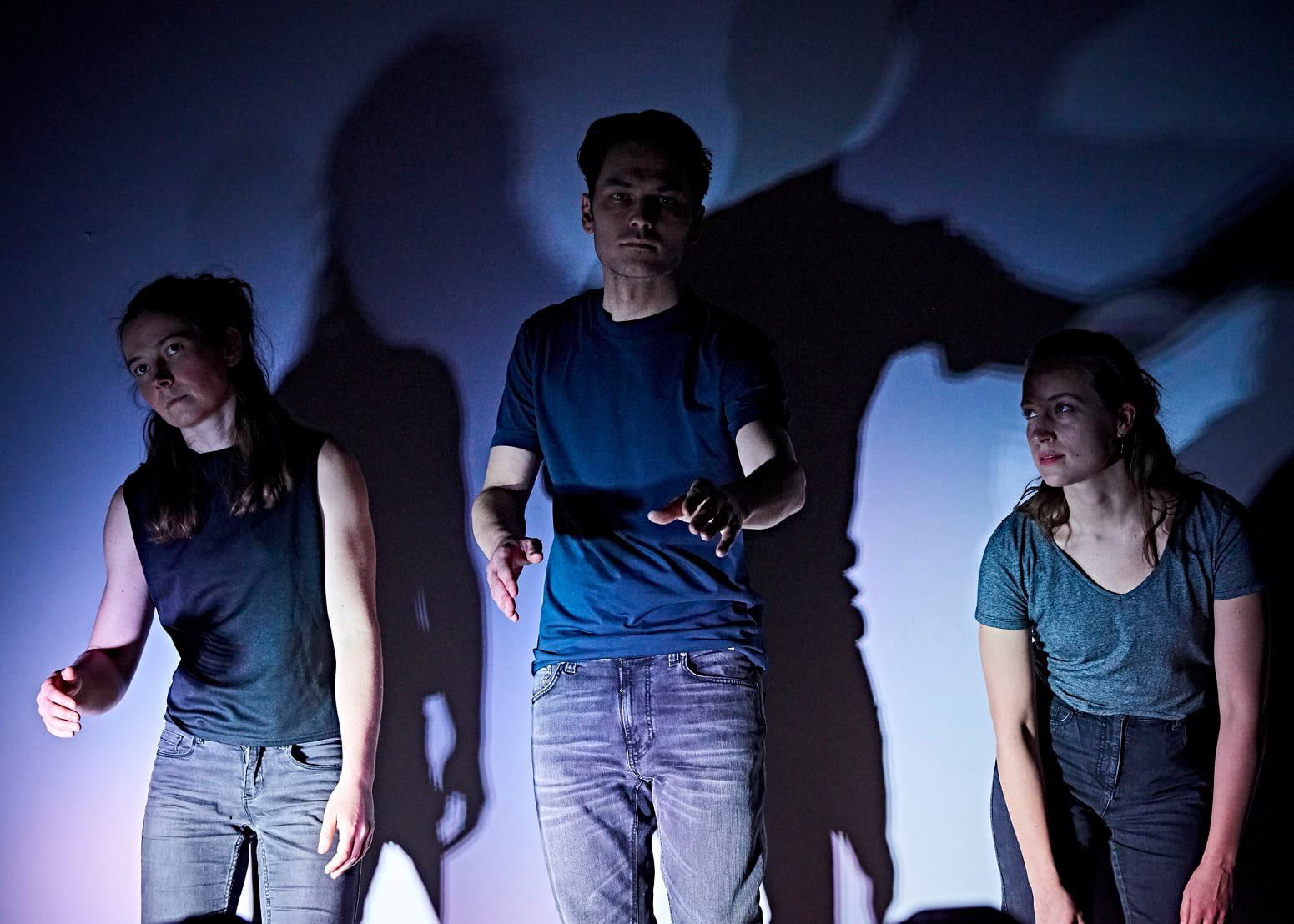
Media Assets
Stereo reduction mp3:
Binaural version mp3:
Notes
- Coined by D. Smalley, the term refers to the apparent temporal evolution of a sound’s spectrum.
- Three spectromorphological archetypes, as elaborated by D. Smalley are graduated continuants, attack and attack-decays, in accordance with their temporal duration and spectral evolution.
- German word describing a total form of art. Richard Wagner related to this concept in many of his works and aesthetic theories.
- Henna Räsänen, Niels Janssen, Katariina Sofia & Jared Van Earle.
References
- Blauert, J. 1971. “Localization and the law of the first wavefront in the median plane”. Journal of The Acoustical Society of America, 50(2): 466-70.
- Blauert, J. 1974. Raumliches Horen. S. Hirzel Verlag Stuttgart, first edition.
- Jaimovich. J. 2010. “Ground Me! An Interactive Sound Art Installation”. Proceedings of the 2010 Conference on New Interfaces for Musical Expression (NIME). Sydney.
- Kendall, G. 1995. “The decorrelation of audio signals and its impact on spatial imagery”. Computer Music Journal Vol. 19, No. 4: 71 – 87. MIT Press.
- Kendall, G., Cabrera, A. 2011. Why things don’t work: what you need to know about spatial audio.
- Plato. cca. 375 BCE. “Allegory of the cave”. Republic.
- Smalley, D. 1997. “Spectromorphology: Explaining Sound-shapes”. Organised Sound 2(2): 107-26. Cambridge University Press.
Join the conversation
xCoAx 2020: Ștefan Damian “Naufrage” a surreal acousmatic world, situated at the edge of familiar and unknown https://t.co/BmltQuseUP #xCoAx2020 pic.twitter.com/sUTs2beXDf
— xcoax.org (@xcoaxorg) July 8, 2020


